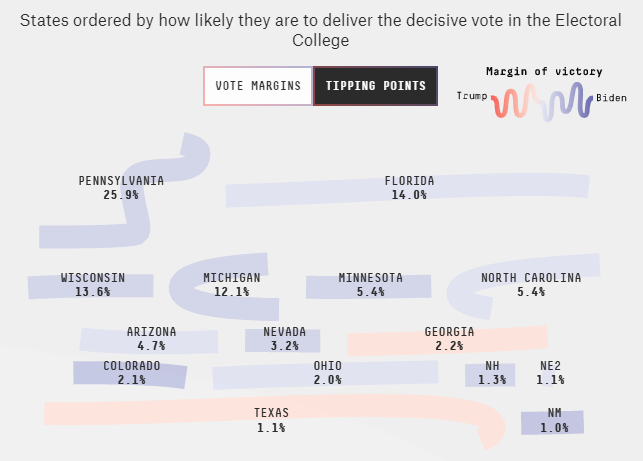Hi Ryan. Thank you for your interest in building technology to protect democracy. So much technology is designed for profit first, and not for societal benefit. It’s great to see more coders interested in civic engagement.
I have a lot of experience building these kinds of tools, and have worked on some of the largest voter registration systems in the US and internationally. It is hard work, and you are about to learn some of the tough lessons about data quality and unintended consequences of well-meaning actions.
First, the data problem. All voting is local in the US, so you’re just not going to find a national API for registration, wait times, or even polling places. Google Civic has some of that, but it’s coverage is spotty, and they are late to update because they wait for the individual counties to send in their data to the Voting Information Project. Sources like the DNC have better data, but it’s not publicly available, for partisan reasons. Outside groups like Alloy dot us have some as well, but that took a huge investment over the last year from big donors.
The second problem you’re going to face is unintended consequences. Even if you are able to get data about where the lines are long, since your goal is to INCREASE turnout you probably don’t want to discourage people. I’d suggest showing numbers in a simplified trafficlight (red/yellow/green) format, to avoid over-specification and inadvertently telling someone that they it will take them hours to vote.
The best you’re going to be able to do at this point is probably crowdsourcing. I did a project like this in 2008 and 2012 called VideoTheVote, and we were able to show anecdotal issues with documentary evidence, but it’s a journalistic problem to get that distributed, not a technical one. And again, the challenge of gathering data is huge. Check out related projects like the Police Brutality Archive on Github (2020pb) and see what it took to get thousands of videos together over the summer.
There are also lots of existing efforts that need help with only 19 days to go. Volunteer with the Election Protection Coalition answering phones at protectthevote dot net, or with your local area to understand the real-world challenges here. Or you can answer questions from voters via Slack with VoteAmerica dot com slash volunteer (can’t put links in my first post…)
I’m also happy to discuss this idea further online in these forums, or offline by email. I don’t mean to be discouraging, and again I’m really glad that you’re interested in applying your tech skills to helping save democracy.



 appropriate to post this here
appropriate to post this here 



